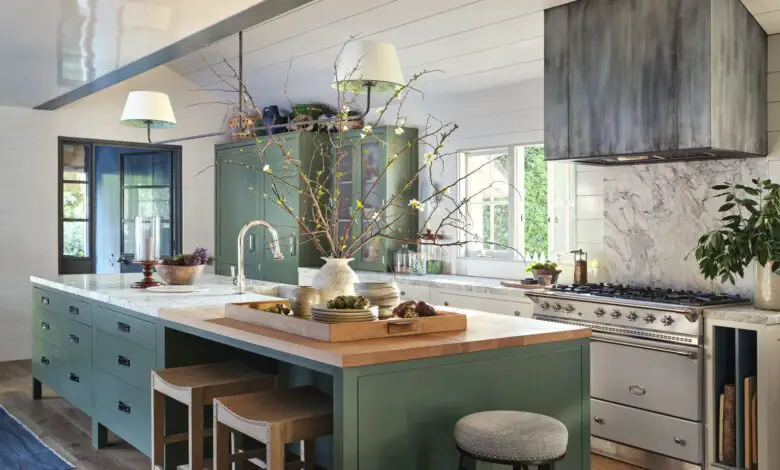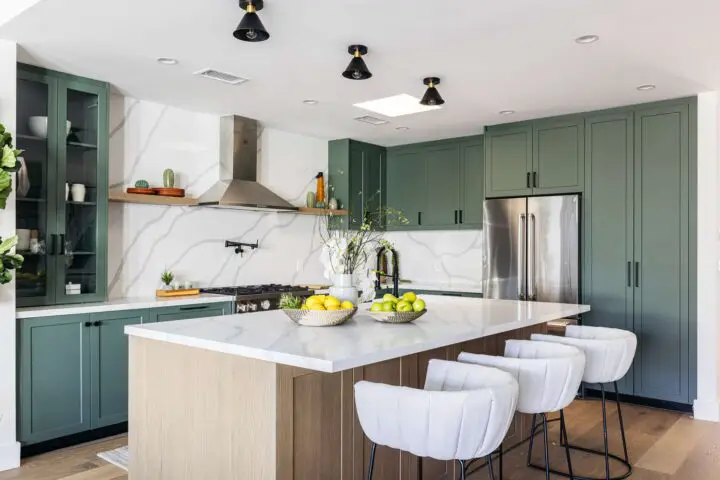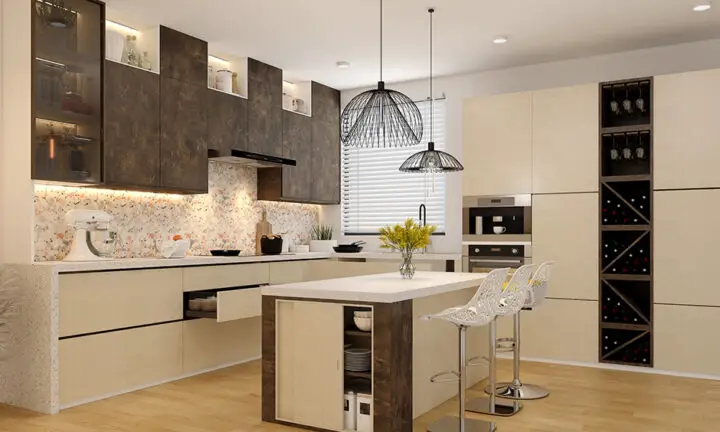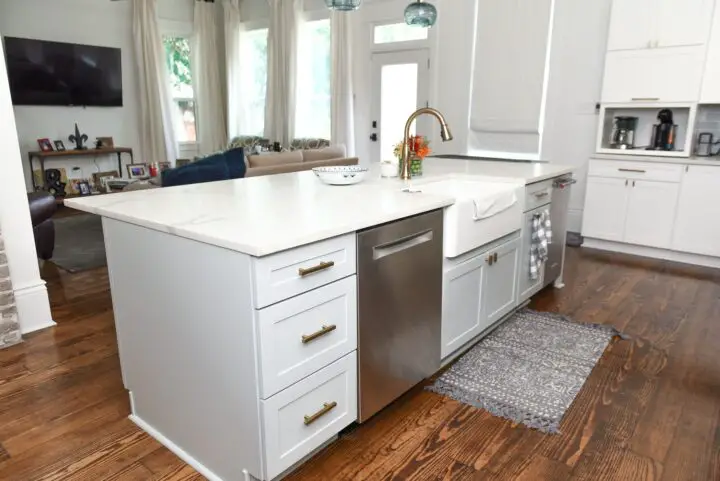Kitchen Island Design Tips: Maximizing Functionality and Style

If you enjoy preparing culinary specialties, you will admit that a kitchen island is essential in a modern kitchen. It gives you enough space to dance around the kitchen floor and make several different dishes at the same time. If you are looking for a detail that can break the monotony in your kitchen, we suggest kitchen islands with a unique design. Different in color, texture, shape, style, and material, these islands can really liven up your kitchen space.

You can play with mixing several styles to create a bold impression. You can place a shabby chic or a basement bar island in a minimalist kitchen, or look for an unusual shape when you visit this site that will wake up your sleeping modern kitchen. Metal islands in wooden kitchens are a good idea, but you also want to keep it functional, to maximize the use of the space, and its purpose. Such a task needs a bit more work. But, do not worry, because we have gathered a couple of useful tips to help you with that.
-
First draw the kitchen plan to see how the island will fit best
In every kitchen, three basic components make up the work triangle: the refrigerator, the sink, and the stove. Draw your kitchen plan and see how your work triangle works. Ideally, your triangle would start from the refrigerator to the sink and then to the stove in one simple path, without obstacles. Once you’re done drafting this, you’ll know exactly how to position the island to make it efficient.
The work surface should ideally be located between each component of the work triangle. This means: between the refrigerator and the sink, and between the sink and the stove. In smaller kitchens, working space between each component will probably not be possible. The more work surface you can fit in the better. Consider using a pull-out worktop if space is an issue.

-
A mobile kitchen island
In large kitchens, an island can reduce excessive walking around the kitchen during food preparation. Consider placing one or more work triangle components on the kitchen island. A kitchen island for small kitchens can be mobile, on wheels, so you can use it only when needed. The island is also ideal for storage and serves as an additional workspace.
-
Increase storage
Extra storage space is definitely one of the first benefits on the list, especially if your kitchen is not spacious and you are a fan of cooking. Go for the option of additional drawers, shelves and pull-out cabinets, additional work surfaces, and hidden compartments, the kitchen island provides endless possibilities for stylish storage of kitchen essentials.
If the position of the garbage can in the kitchen bothers you, Under the kitchen island can be an excellent accessible space for it, because it does not take up an extra cabinet in the rest of the kitchen. There are so many customizable storage options within the island, from a built-in wine rack or coffee cup holder to hanging utensil shelves, that you can’t resist.

Additional seating area
If you need additional seating space, the kitchen island can serve as an informal dining area. With a few nice bar stools, it will become the perfect place for casual family meals and gatherings. Large kitchen islands can provide seating for up to six people. Even the smaller ones can seat two people, saving you space for bulky dining tables. Organized in this way, the island will be a favorite gathering place for all household members and guests.
Another benefit is the design possibilities they bring. The cabinets, worktops, and tiles we install in the kitchen are usually in classic and neutral tones. With interesting chairs, you can be bold and cheer up a space that you wouldn’t normally see in the kitchen.
New workspace
Working from home has become quite normal during pandemic days, and workspace is a real challenge in small apartments. Whether you work from home for a company or need more space for cooking, a kitchen island definitely adds a new workspace to your home. Alternatively, you can turn it into a workspace for your children to do homework or draw. You can turn them on to help you prepare meals, put a microwave on them, and other kitchen essentials within easy reach. So, they can feel independent and have an early breakfast or a snack after school without the help of others. The possibilities for a workspace are numerous, so turn on your imagination.
As far as functionality goes, what we mentioned above should be enough for you to start thinking outside the box when it comes to using your kitchen island. But, what about the design in terms of which materials to use?
Unique wooden islands
Wood is the most sought-after material for making a complete kitchen, and therefore also a kitchen island. You can use, emphasize and decorate a piece of wood in different ways to create a unique kitchen island. You can enhance it with a mosaic, repaint it in a lighter or darker color, or put it on a wooden base, marble, or concrete. There are also many shapes at your disposal, the form of elegant narrow islands for small kitchens to those with curved shapes and asymmetrical ones if the space allows such a statement. A “live edge” wood worktop is also a fantastic choice for adding a natural feel to a space.

Other interesting types…
In addition to wood, you can use stone, concrete, and metal to make a kitchen island. Also, the combination of these materials can make your island solid, functional, and durable. Sculptural shapes or cool geometry are more than desirable in modern kitchens.
Finally, an island can make a boring kitchen area a lot more exciting. Besides, once you decide to sell your property such functional pieces can only add to the overall value of a real estate. So, if by now you haven’t thought about getting one, maybe you should start.
